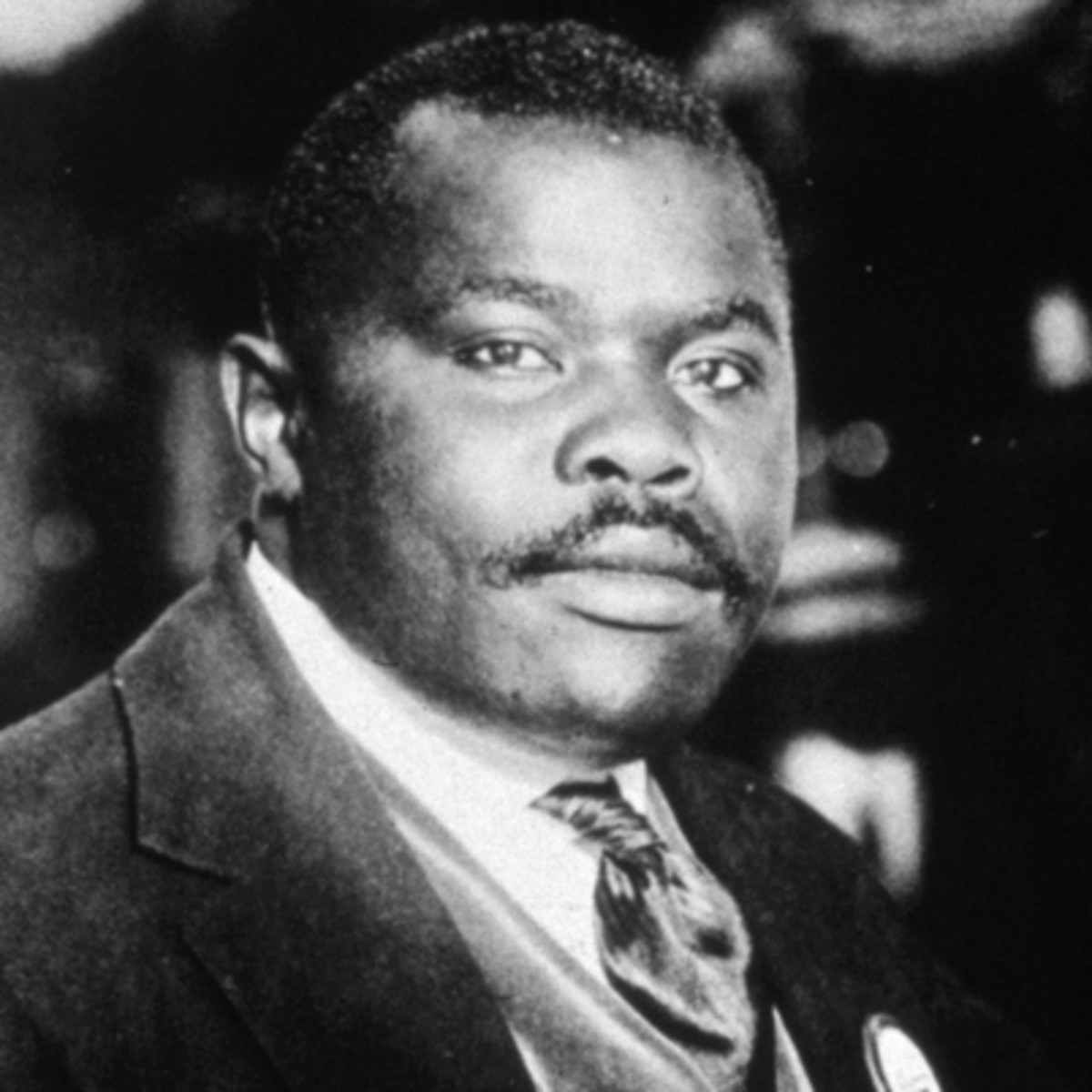-July 2, 1908- January 24, 1993
-On June 13, 1967, President Johnson nominated Marshall to the Supreme Court.
-Marshall was confirmed as an Associate Justice by a Senate vote of 69–11 on August 30, 1967.
-He was the 96th person to hold the position, and the first African American. President Johnson confidently predicted to one biographer, Doris Kearns Goodwin, that a lot of black baby boys would be named “Thurgood” in honor of this choice.
-He served on the Court for the next twenty-four years, compiling a liberal record that included strong support for Constitutional protection of individual rights, especially the rights of criminal suspects against the government.
-At the age of 32, Marshall won his first U.S. Supreme Court case, Chambers vs. Florida, 309 U.S. 227 (1940). That same year, he was appointed Chief Counsel for the NAACP.
-His most famous case as a lawyer was Brown vs. Board of Education of Topeka, 347 U.S. 483 (1954), the case in which the Supreme Court ruled that “seperate but equal” public education, as established by Plessy vs. Ferguson, was not applicable to public education because it could never be truly equal.
-In total, Marshall won 29 out of the 32 cases he argued before the Supreme Court.
-During the 1950s, Thurgood Marshall developed a friendly relationship with J. Edgar Hoover, the director of the Federal Bureau of Investigation. In 1956, for example, he privately praised Hoover’s campaign to discredit T.R.M Howard, a maverick civil rights leader from Mississippi. During a national speaking tour, Howard had criticized the FBI’s failure to seriously investigate cases such as the 1955 killers of George W. Lee and Emmett Till.
-Marshall set up a private practice in Baltimore in 1936. That year, he began working with the NAACP in Baltimore.
-He won his first major civil rights case, Murray v. Pearson, This was the first challenge of the “separate but equal” doctrine that was part of the Plessy vs. Ferguson decision.
-Marshall retired from the Supreme Court in 1991, and was reportedly unhappy that it would fall to President George H.W. Bush to name his replacement. Bush nominated Clarence Thomas to replace Marshall.
-In 1930, he graduates with honors from Lincoln University.
-In 1934, he receives law degree from Howard University and begins private practice in Baltimore, Maryland.
-In 1951, he visits South Korea and Japan to investigate charges of racism in U.S. armed forces. He reported that the general practice was one of “rigid segregation.”
-In 1992, he receives the Liberty Medal recognizing his long history of protecting individual rights under the Constitution.
-In 1993, Thurgood Marshall receives Presidential Medal of Freedom, posthumously, from President Bill Clinton.








